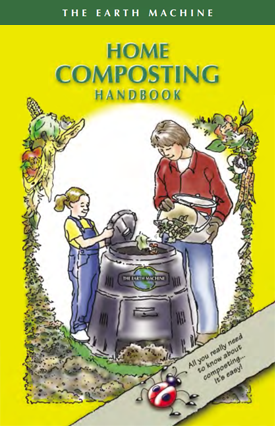Good compost includes a mix of materials to balance the nitrogen and carbon. This can be achieved by alternating layers and ensuring a variety of organic matter is added to the composter.
The breakdown into compost can be accelerated by making sure materials are small, perhaps by shredding or chopping. Mixing the compost with an aerator will also keep the process active and speed up decomposition.

From the kitchen you can use fruit and vegetable trimmings or scraps, crushed eggshells, tea bags and coffee grounds (including paper filters).
Do not include anything cooked, oils, or dairy items. From the garden, leaves, grass, and plants are all acceptable, but remember they will compost quicker if chopped or shredded. Weeds can be composted, but not advisable unless you separate out those with active seeds. You can turn the compost every couple of weeks with the aerator. Compost should be moist but not wet, if it is dry it will lengthen the process, and being too wet may cause odours.
The Earth Machine Home Composting Handbook
All you really need to know about composting. It’s easy!


